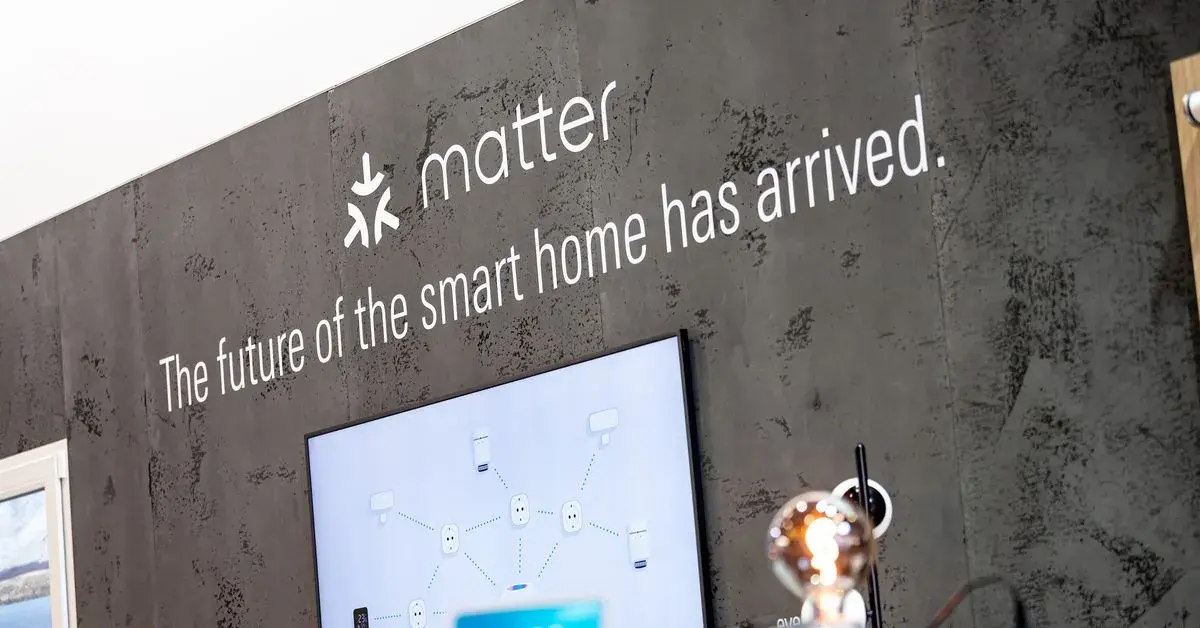The article discusses expectations for smart home announcements at the upcoming IFA tech show in Berlin. While companies may unveil new smart speakers, cameras and robot vacuums, the smart home remains fragmented as the Matter interoperability standard has yet to fully deliver on integrating devices. The author argues the industry needs to provide more utility than novelty by allowing different smart devices to work together seamlessly. Examples mentioned include lights notifying users of doorbell activity or a robot vacuum taking on multiple household chores autonomously. Overall, the smart home needs solutions that are essential rather than just novel if consumers are to see the value beyond the initial cool factor.



Are there any open source smart home technologies? (For this reason but also for privacy’s sake)
Home assistant and zigbee/z-wave (also Bluetooth) resolve a lot of issues people have with smart home kit. Matter/Threads, discussed in the article, is supposed to be an open standard to make fancier kit from the big companies work together seamlessly, we just aren’t quite there yet.
See:
Homeassistant helps a lot in that respect.
I’ve got a few smart home devices (lights, plugs, weed vape, TV backlight) and literally none of it is proprietary and it all works even if my internet connection is down!
People talk a lot about home-assistant but there is another part to that setup; the devices themselves and the firmware they run.
If you stick to ESP8266 devices mostly you can use things like Tasmota and ESPHome. Zigbee/Z-wave is good I’ve heard but nothing compares to the interoperability of good 'ol WiFi.
It costs like less than $15 for a Sonoff Basic R2, another $5 for a knock off FTDI USB programmer. With a tiny bit of soldering you can put some programming pins on the Sonoff and flash Tasmota. From there you can use Mosquitto to control it, or the HTTP API, both open and interoperable protocols.
deleted by creator
Home-Assistant.